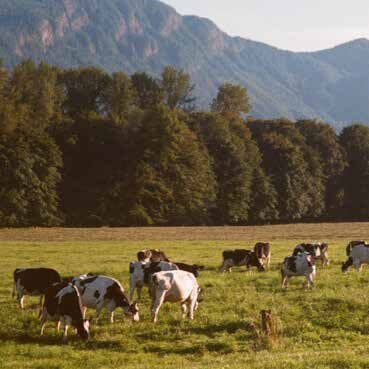
CLEAN WATER ACT: regulates pollutant discharges into Waters of the United States (WOTUS), and affects some agricultural operations, such as large concentrated animal feeding operations (CAFOs) and, in some circumstances, farms that dredge or fill wetlands.
CLEAN AIR ACT AND RELATED STATUTES: The United States safeguards public health and the quality of the natural environment by regulating air pollutants under the Clean Air Act and related laws.
ENDANGERED SPECIES ACT: protects both animals and their habitats when they are in danger of extinction. Regulating habitats sometimes has significant effects on industries in the area, including agriculture and forestry.
FEDERAL INSECTICIDE, FUNGICIDE, AND RODENTICIDE ACT: protects human health and the environment by establishing a comprehensive, researched-based regulatory system to govern the use of pesticides in agriculture.
THE LACEY ACT: combats trafficking in “illegal” wildlife, fish, and plants, including wood products.
COORDINATED FRAMEWORK FOR THE REGULATION OF BIOTECHNOLOGY: Biotechnology has brought major production efficiencies to some U.S. crops, and is regulated by three federal agencies under a coordinated framework to ensure the safety of genetically modified crops.
U.S. FOOD SAFETY LAWS: Including the Food Safety and Inspection Service regulations.
OCCUPATIONAL SAFETY AND HEALTH ACT: Farmers and agribusiness operators value their workforce and strive to ensure safety at all times. In the United States, workplace safety is governed by the Occupational Safety and Health Act (OSH Act), which is administered by the Occupational Safety and Health Administration (OSHA).


